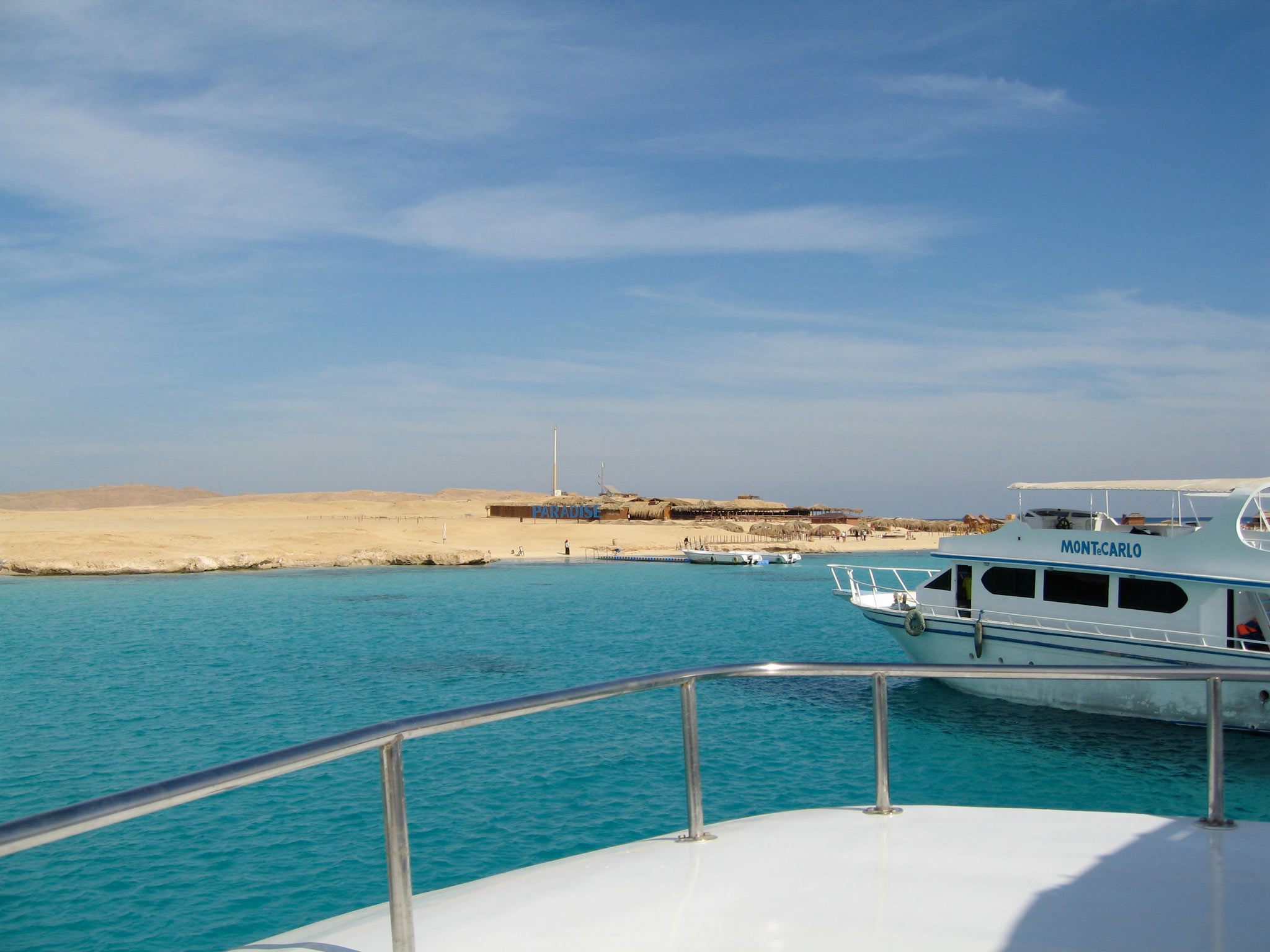Will A Newly-Proposed Bridge Finally Connect the Red Sea?
We failed five years ago, but Saudi Arabia and Egypt are trying again.

An Egyptian ship taking tourists on recreational cruises of the Red Sea. Soon, the boat may be entirely optional. (Photo: V Manninen/CC BY-2.0)
Saudi Arabia’s King Salman has announced that his country will partner with Egypt to build a bridge across the Red Sea, linking the two countries and creating “a qualitative transformation that will increase trade between the [African and Asian] continents to unprecedented levels.”
A completed Red Sea bridge would indeed be unprecedented, but the idea of bridging Africa and Asia via the Red Sea is nothing new.
It’s fair to say that the idea of crossing the Red Sea on foot has fascinated humans for thousands of years. Some researchers believe that the narrowest point of the Red Sea, the Bab-el-Mandeb strait, is the most likely site for the mass migration of early Homo sapiens from Africa that underpins the widely-accepted single-origin hypothesis of human evolution. (Around 60,000 years ago, the Red Sea was considerably shallower, making such a passage more plausible). Since at least ancient Rome, the body of water has played an important role as a sea road for trade between Europe, Africa, and Asia, so an additional way to cross the sea could have many benefits. But divine intervention is unpredictable at best, and drastically altering the Red Sea’s depth is probably unlikely.
That leaves one solution—building a bridge—and the Saudi Arabian-Egyptian partnership isn’t the first attempt.
Moses (Charlton Heston) parts the Red Sea in 1956’s The Ten Commandments. Probably not a sustainable Red Sea-crossing strategy. (Video: Movieclips/Youtube)
In 2008, a group led by Tarek bin Laden—one of Osama bin Laden’s many half-brothers—attempted to bridge the Bab-el-Mandeb strait in partnership with the government of Djibouti, which borders the strait in Africa. The Bridge of Horns, as it was called, boasted the world’s largest suspension span (5km), although it was 7km short of being the world’s longest bridge, according to Abu Dhabi’s The National. The project faced heavy criticism, first for its hefty price tag, of which there were wildly varying estimates. The National listed it at $25 million, but an earlier BBC report pegged it at $70 million, and The Economist claimed the entire project, including the two new cities planned at each end, would cost over $200 billion.
Aside from cost, a few other small concerns came up, such as the bridge’s location (the proposed site happened to be in the middle of an earthquake zone) and the involvement of arms manufacturers like Lockheed Martin (The Economist argued would “fuel conspiracy theories among Arabs”).Phase I of the ambitious project was delayed in 2011, and that was apparently it for the Bridge of Horns, although the project’s flashy promotional video will live on forever via YouTube.
Al Noor City Corp’s promotional video for The Bridge of Horns project (Video: Asantalos1/Youtube)
The details that sidelined the Bridge of Horns—location, cost, timeline, name—haven’t yet been revealed for the new Red Sea Bridge project. There’s already some speculation that these may well be problems. Tthe BBC suggests that, based on previous similar proposals, the cost could be around $3 to $4 billion, and Al Jazeera notes that the narrowest point of the Red Sea between the two countries (probably the easiest place to put a bridge) is at the mouth of the Gulf of Aqaba, where the countries are just 16 km apart. If this bridge is actually built, it may be considered a miracle.









Follow us on Twitter to get the latest on the world's hidden wonders.
Like us on Facebook to get the latest on the world's hidden wonders.
Follow us on Twitter Like us on Facebook